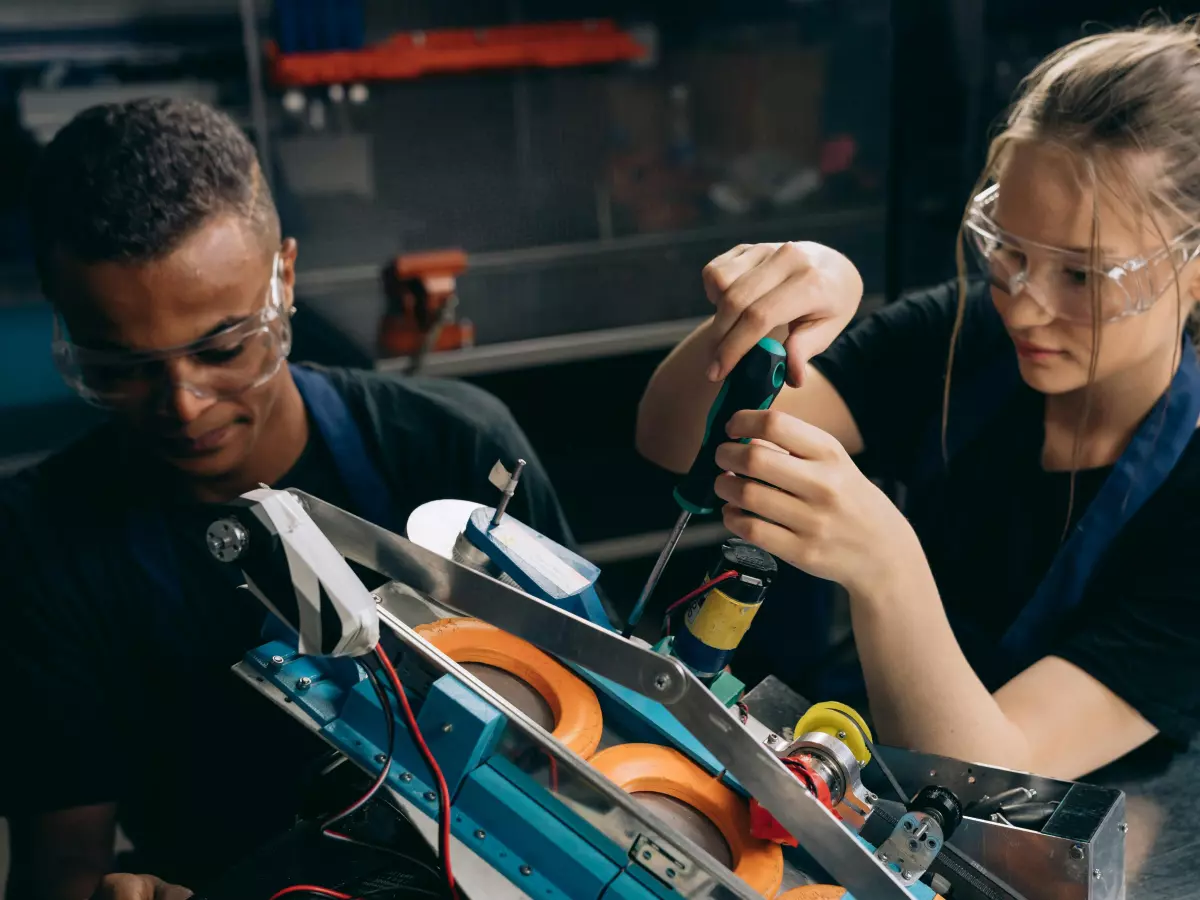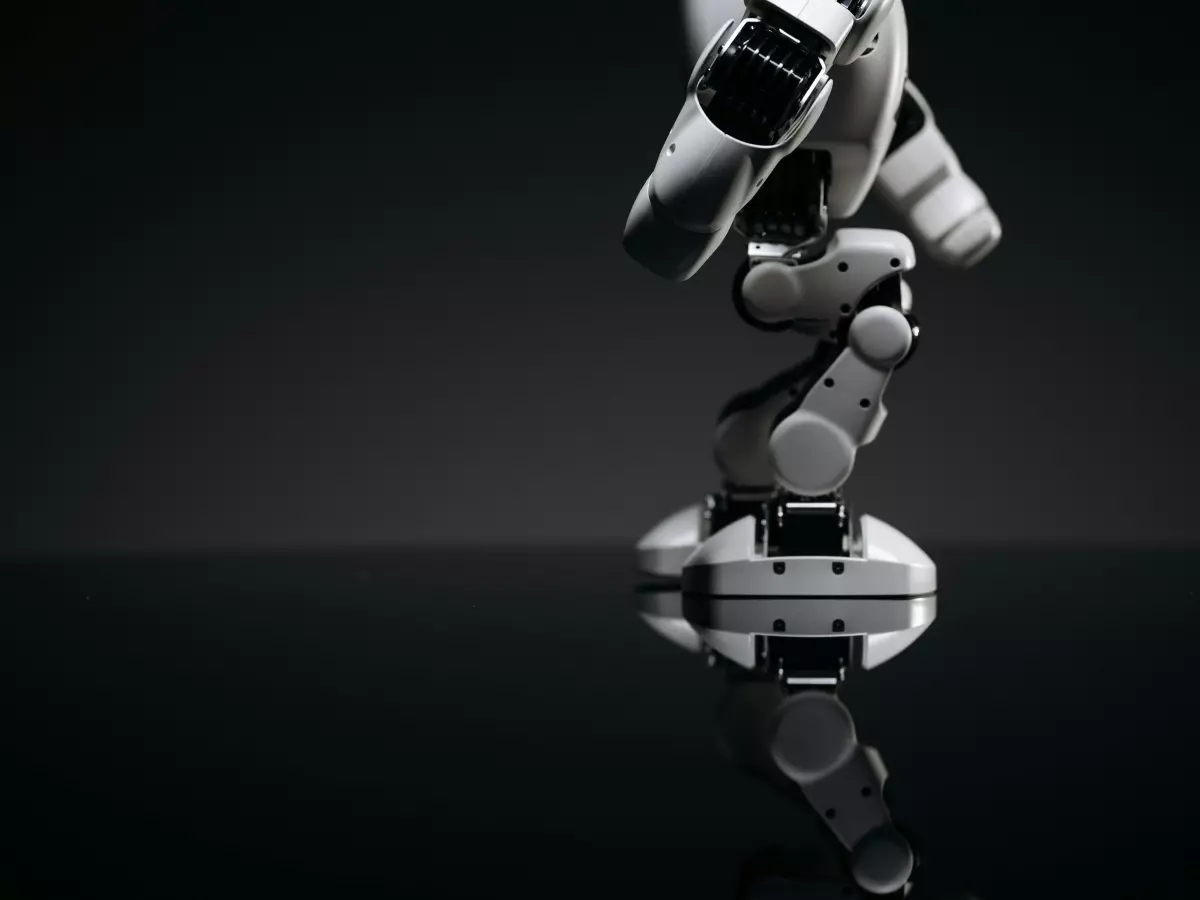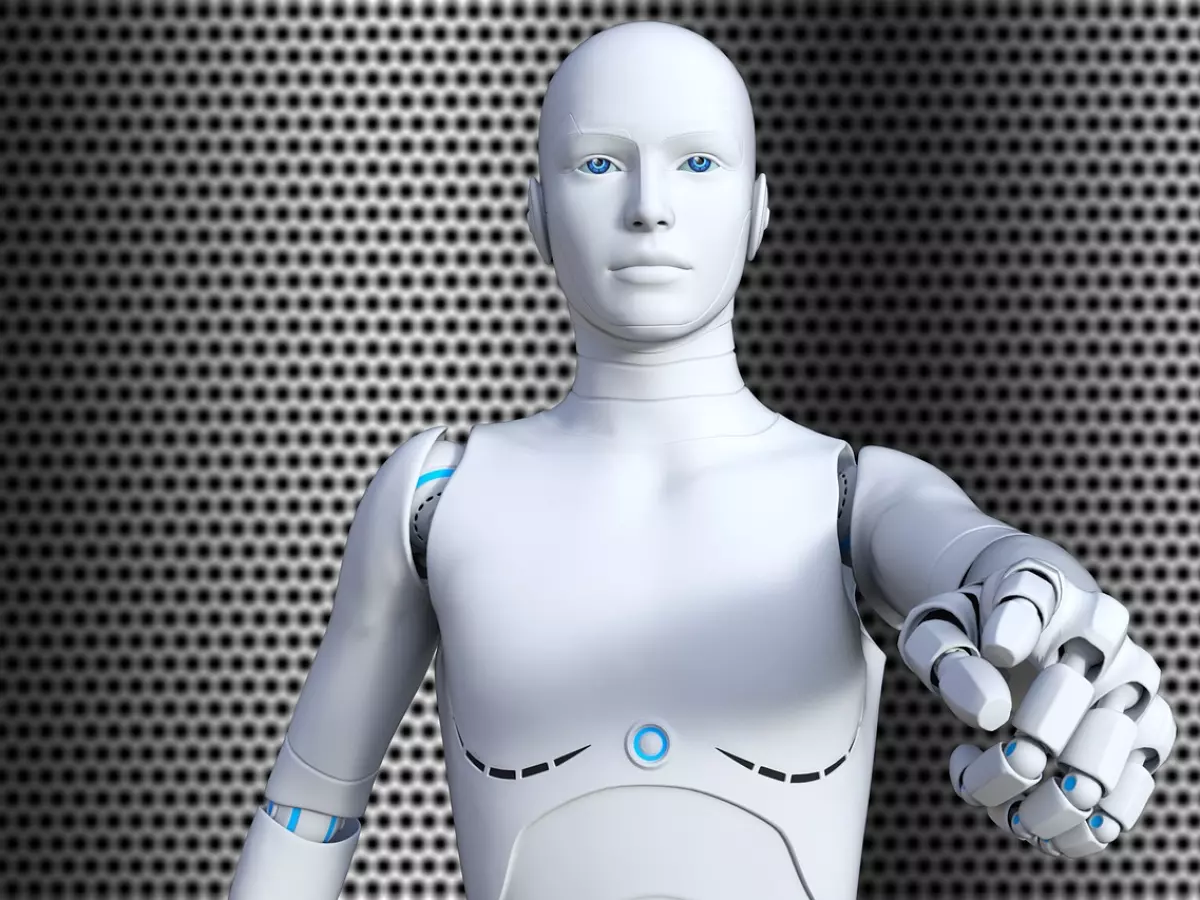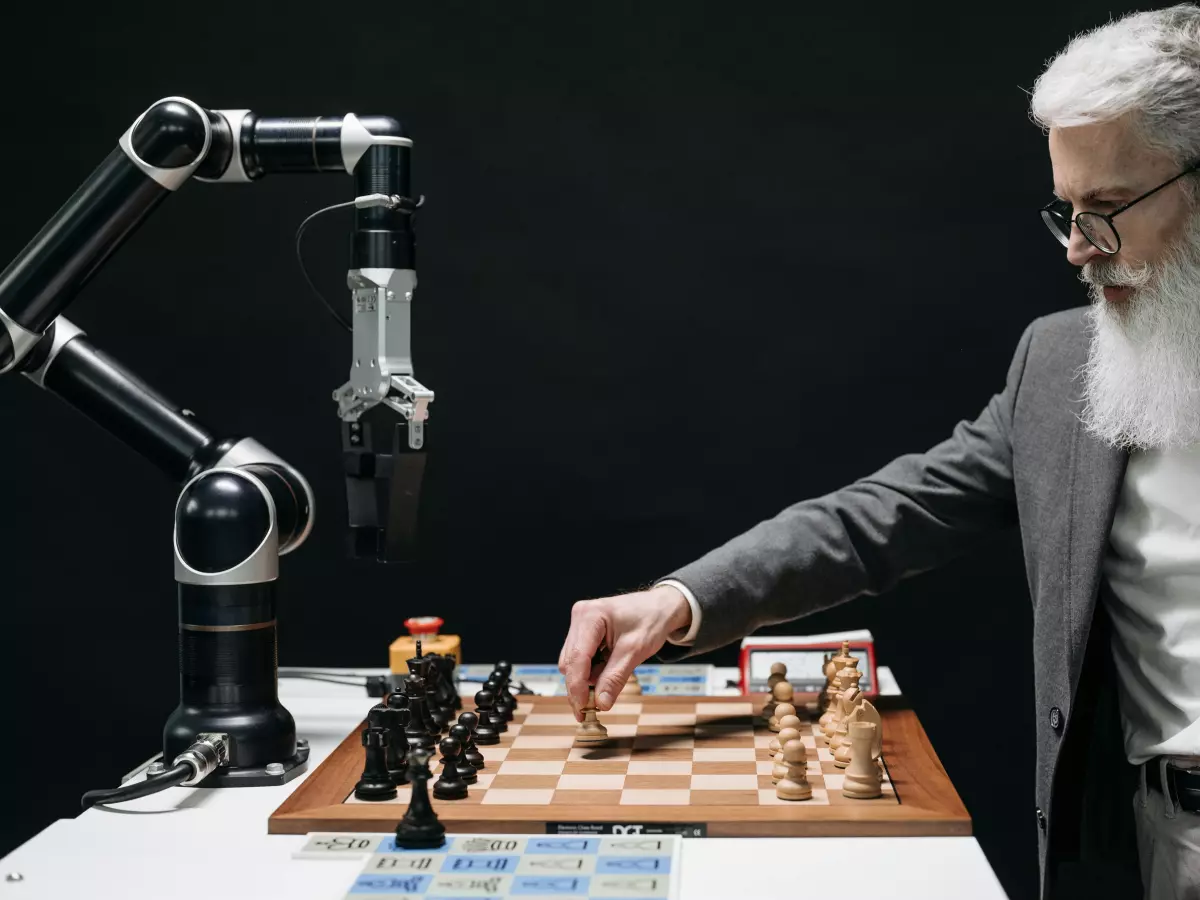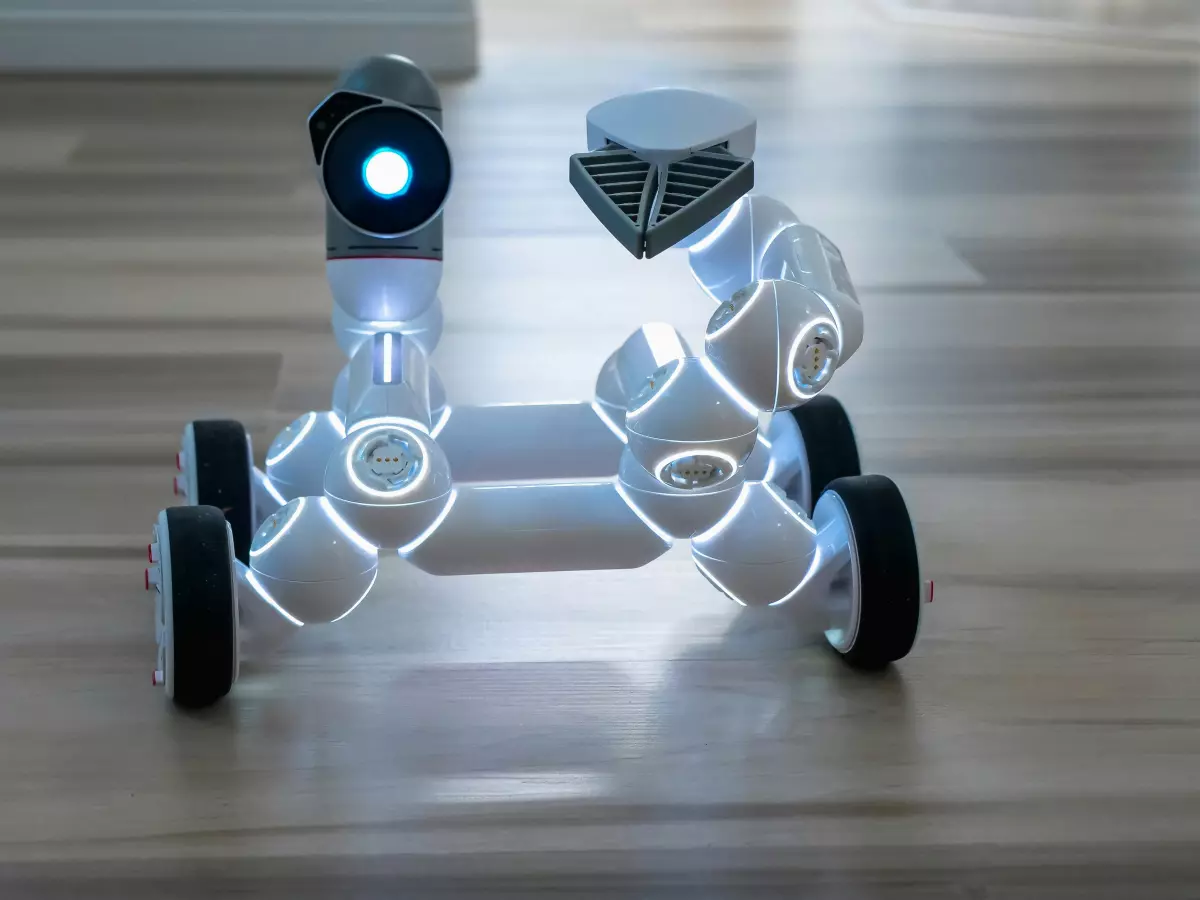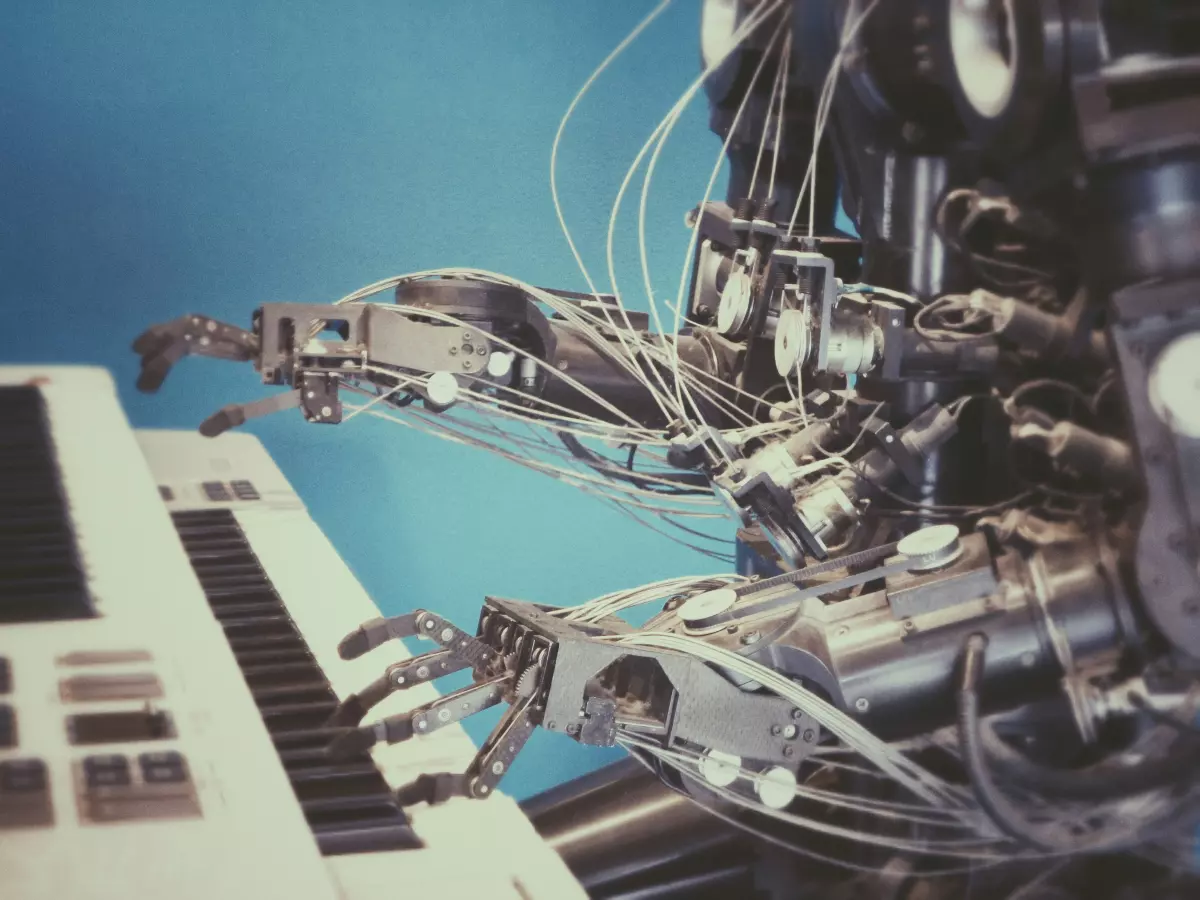Walking Machines
Ever wondered how robots learn to walk? It's not as simple as strapping on some legs and hitting 'go.' There's a whole world of algorithms behind those smooth (or not-so-smooth) steps. And trust me, it's a lot more complex than you think.
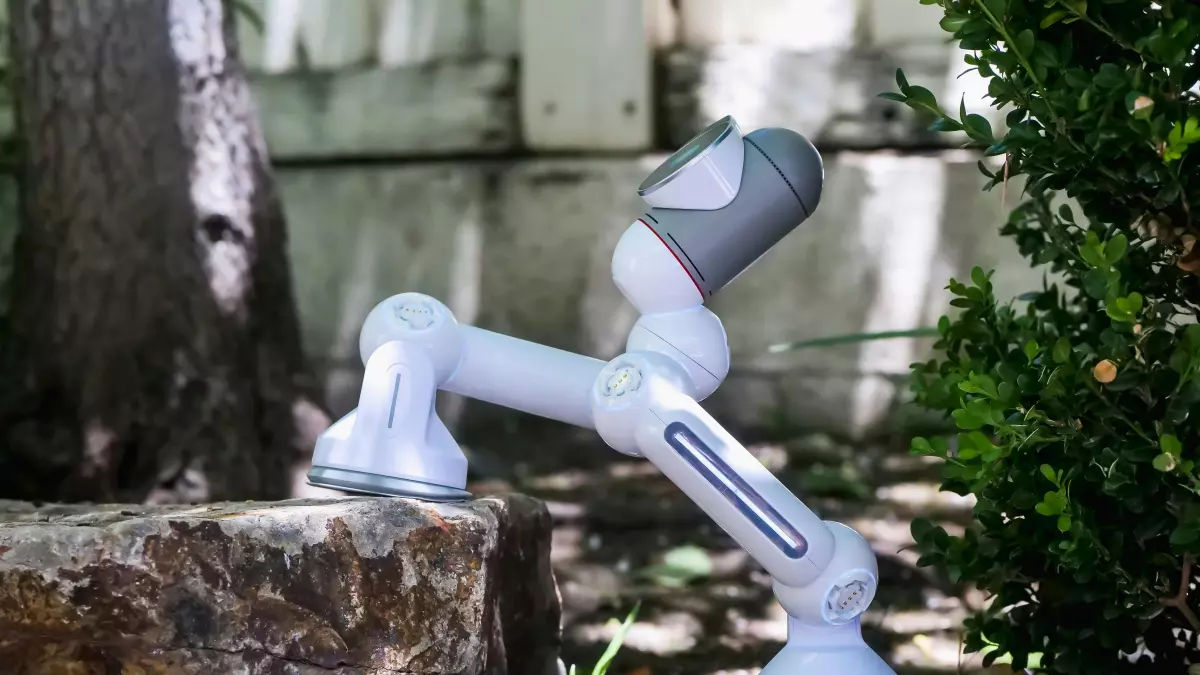
By Sarah Kim
Back in the early days of robotics, walking was a pipe dream. Robots were basically glorified arms, stuck in place, performing repetitive tasks on factory floors. The idea of a robot walking like a human? That was sci-fi. But then, as technology evolved, so did the ambition. Engineers started looking at how humans and animals walk, trying to replicate that in machines. Enter gait algorithms.
Gait algorithms are essentially the 'brains' behind a robot's ability to walk. They control how a robot moves its legs, maintains balance, and adapts to different terrains. Without them, your robot would be doing a pretty solid impression of a toddler learning to walk—lots of wobbling, falling, and frustration.
From Static to Dynamic Walking
In the early days, robots used something called 'static walking.' Picture a robot taking one step, pausing, then taking another. It was slow, clunky, and not very practical. But it was a start. Static walking worked because it kept the robot's center of gravity stable, but it was far from efficient.
Then came dynamic walking, which is more like how humans walk. Instead of pausing between steps, the robot keeps moving, constantly adjusting its balance. This is where gait algorithms really started to shine. They allowed robots to move more fluidly, making them faster and more efficient. But dynamic walking also required more complex calculations. The robot had to constantly monitor its position, speed, and balance, adjusting its movements in real-time.
How Gait Algorithms Work
So, how do these magical algorithms actually work? Well, it all starts with sensors. A robot's sensors feed data into the gait algorithm, telling it things like the robot's position, speed, and the type of terrain it's walking on. The algorithm then processes this data and sends commands to the robot's actuators (the motors that control its legs).
But here's where it gets tricky. The algorithm has to make sure the robot doesn't fall over. To do this, it constantly adjusts the robot's center of gravity, making tiny corrections to keep it balanced. It's like walking a tightrope—one wrong move, and the robot's on the floor.
And it's not just about balance. The algorithm also has to control the robot's speed and direction. If the robot needs to turn, the algorithm has to figure out how to shift its weight and move its legs in just the right way to make that happen smoothly.
Challenges in Gait Algorithm Design
Designing a good gait algorithm is no easy task. One of the biggest challenges is dealing with different terrains. Walking on a flat surface is one thing, but what happens when the robot encounters stairs, gravel, or a slippery floor? The algorithm has to be flexible enough to adapt to these changes in real-time.
Another challenge is energy efficiency. Walking is hard work, and it takes a lot of energy. If the algorithm isn't optimized, the robot could burn through its battery in no time. Engineers are constantly working to make gait algorithms more efficient, so robots can walk longer distances without needing a recharge.
The Future of Walking Robots
So, what's next for walking robots? Well, the future looks pretty exciting. Engineers are working on making robots even more agile, with the ability to run, jump, and even climb. They're also looking at ways to make robots more adaptable, so they can handle even more challenging terrains.
And let's not forget about AI. Machine learning is starting to play a big role in gait algorithm design. By analyzing data from previous walks, robots can learn to improve their movements, becoming more efficient and less likely to fall.
In many ways, we're still in the early stages of robotic walking. But if history has taught us anything, it's that technology moves fast. Who knows? In a few years, we might have robots that can walk, run, and jump better than humans.
Just like the early days of static walking gave way to dynamic walking, the future will likely bring even more advanced gait algorithms that push the boundaries of what robots can do. It's a fascinating time to be in robotics, and I, for one, can't wait to see what comes next.
